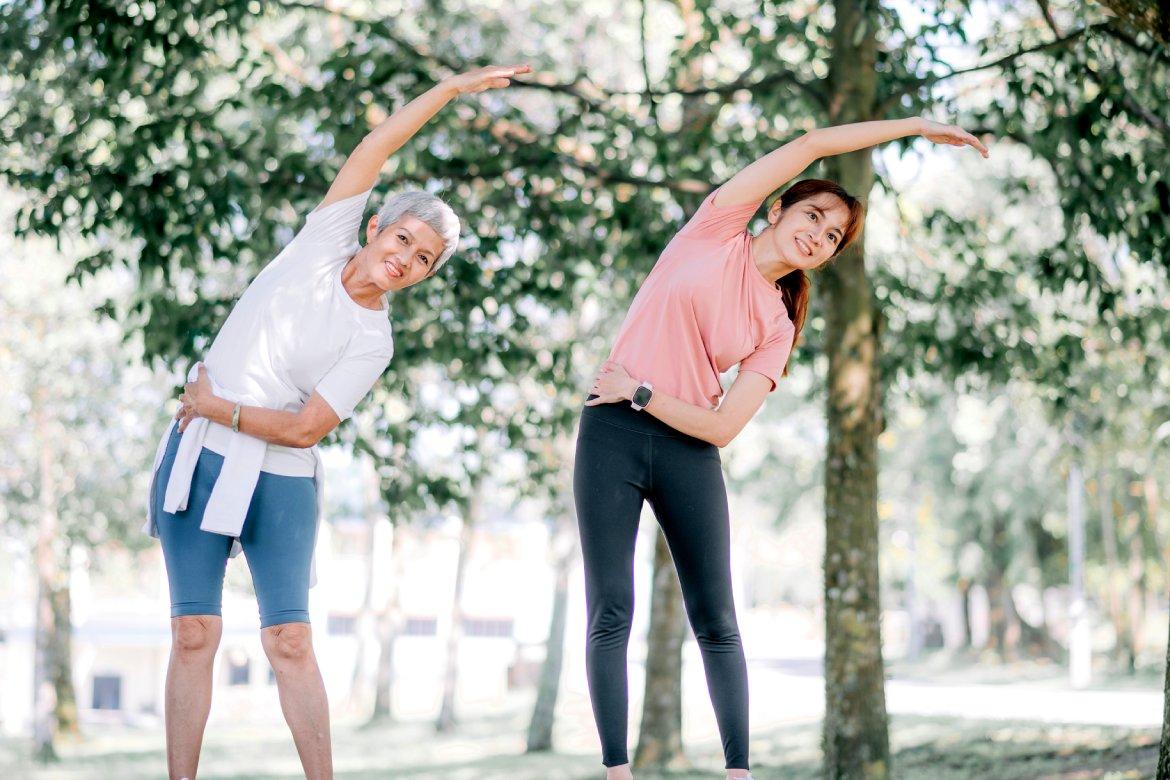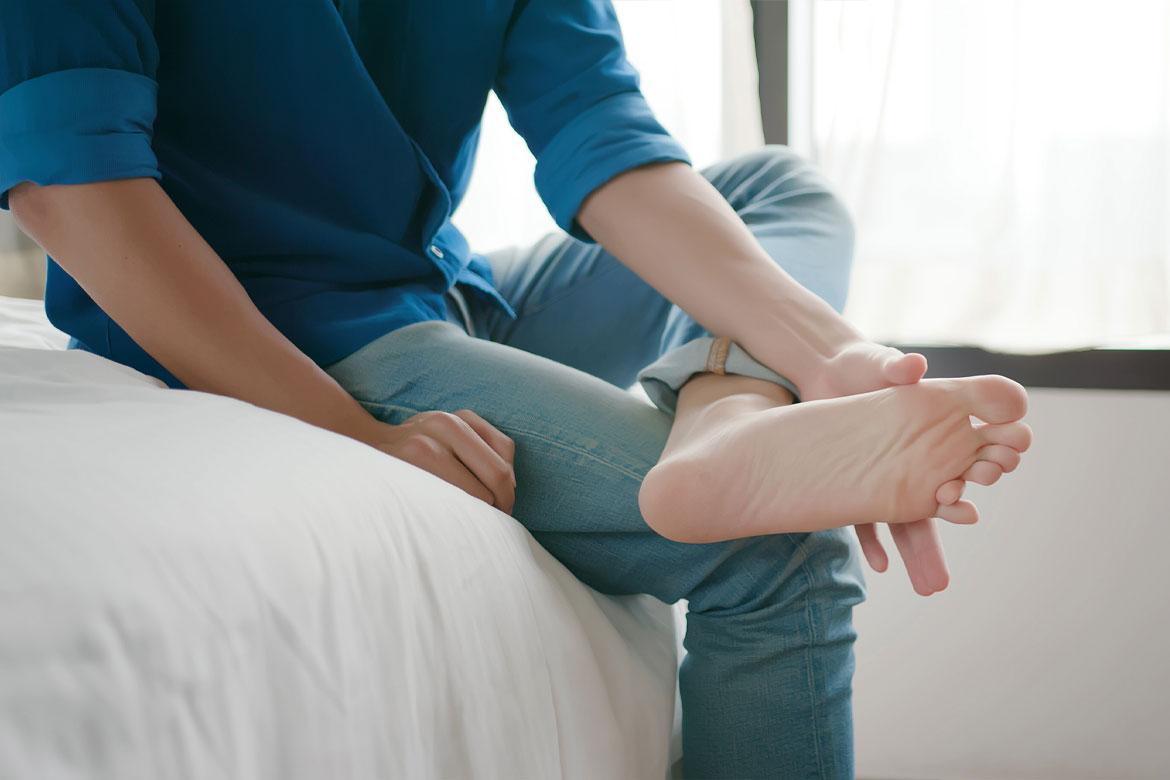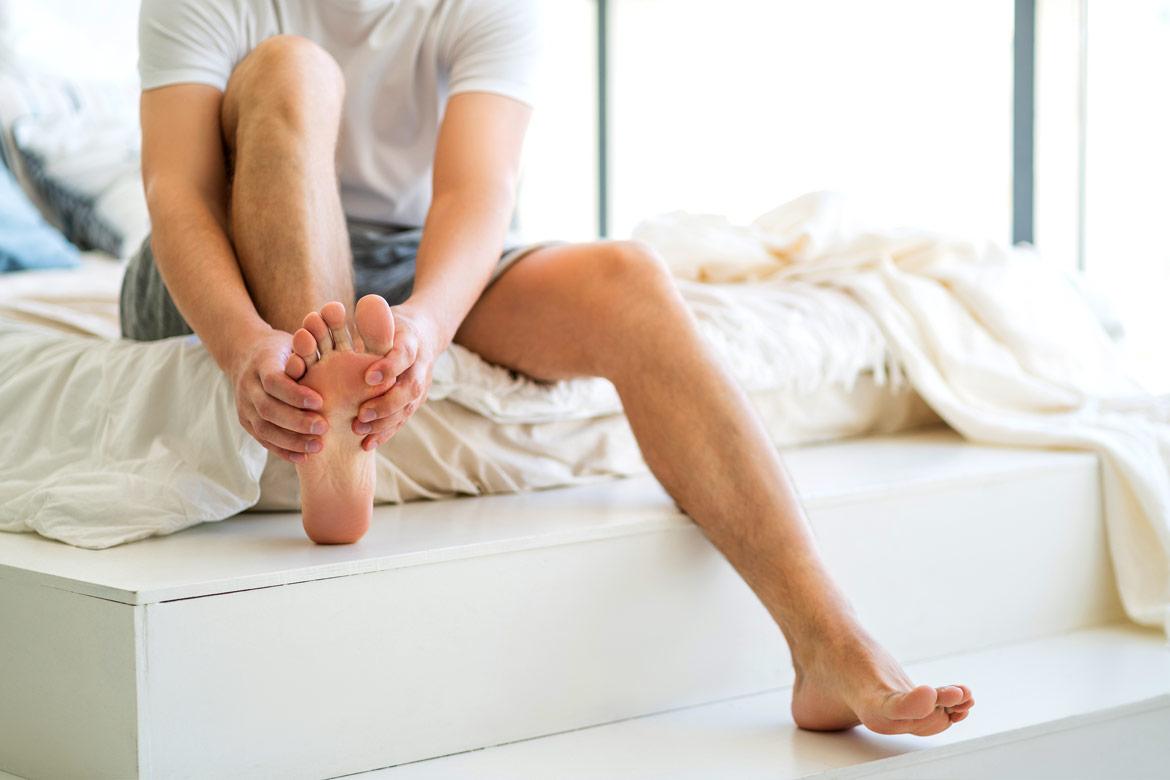
Hip Bursitis
What is hip bursitis?
Hip bursitis is the swelling of a bursa, a small jelly-like sac that acts as a cushion between the bone and the overlying soft tissues to reduce friction between them.
There are 4 bursae surrounding the hip joint and they include:
- Trochanteric bursa, which is located on the outside of the hip between the greater trochanter of the femur (leg bone) and the gluteal muscles. Inflammation of this bursa is called trochanteric bursitis and is a common cause of hip pain.
- Iliopsoas bursa, which is located in the groin area between the large psoas muscle and femur bone. When this bursa becomes inflamed, the condition is referred to as iliopsoas bursitis.
- Ischial bursa, also known as ischiogluteal bursa, is located between the hamstring muscle and the ischial tuberosity of the pelvis in the buttock area. Ischial bursitis (also known as ischiogluteal bursitis, Weaver's bottom or Tailor's bottom), is a rare and infrequently recognised bursitis of the buttock region.
- Gluteal medius bursa, which is located between the gluteus medius muscle and the greater trochanter. It is near the trochanteric bursa. A gluteus medius tendinopathy is a painful condition caused by inflammation in the tendons of the gluteus medius muscle.
What are the symptoms of hip bursitis?
Hip bursitis can result in swelling, pain and tenderness at the bursa. This hip pain can be aggravated with prolonged walking, squatting or stairs climbing. In severe cases, surgery to remove the bursa is required.
Symptoms of hip (trochanteric) bursitis include:
- Pain or ache
- When moving
- When sleeping on the affected hip
- When sitting on a hard surface for a long time
- When getting up after being seated
- Which spreads over the outside of the thigh and may spread down the outside of the thigh
- Hip swelling
- Tenderness at the bursa
What are the causes of hip bursitis?
The causes of hip bursitis include:
- Injury to the point of the hip, which can be caused by falling on the hip, bumping the hip on the edge of a piece of furniture or lying on one side of the body for a prolonged period.
- Repetitive activities such as sports or work-related tasks that lead to overuse of the hip joint such as running uphill, cycling, climbing or standing for long periods.
- Spinal conditions affecting the posture, including scoliosis and arthritis of the lower spine.
- Unequal leg length where the difference is more than an inch, which can lead to imbalance.
- Past surgery around the hip or implants in the hip.
- Bone spurs or calcium deposits, which develop within the tendons attached to the trochanter (upper end of the thigh bone).
What are the risk factors for hip bursitis?
The risk factors for hip bursitis include:
- Frequently going up and down the stairs
- Sports that include repetitive hip movement such as using stair-climbers, running or climbing
How do you prevent hip bursitis?
Ways you can prevent hip bursitis include:
- Making lifestyle changes to reduce overuse or repetitive activities that place unnecessary pressure on the joint
- Building up activity levels gradually
- Limiting impact or force, and repetition in your activities
- Correcting or treating underlying problems such as leg length difference
- Practising good posture and good techniques during daily activities, sports and work
- Using a good shoe insert to correct leg length differences
- Maintaining strength and flexibility of the hip muscles
- Using a walking cane or crutches for at least a week if needed
This coverage checker is brought to you by Health Insured, an online resource that helps you understand your health coverage in Singapore.
This page has been reviewed by our medical content reviewers.
Need help?
For enquiries, please call
+65 6250 0000 (Orchard) or +65 6898 6898 (Novena)
For appointment bookings, please WhatsApp
+65 8111 7777 (Orchard) or +65 8111 5777 (Novena)
 Brain & Spine Care
Brain & Spine Care







